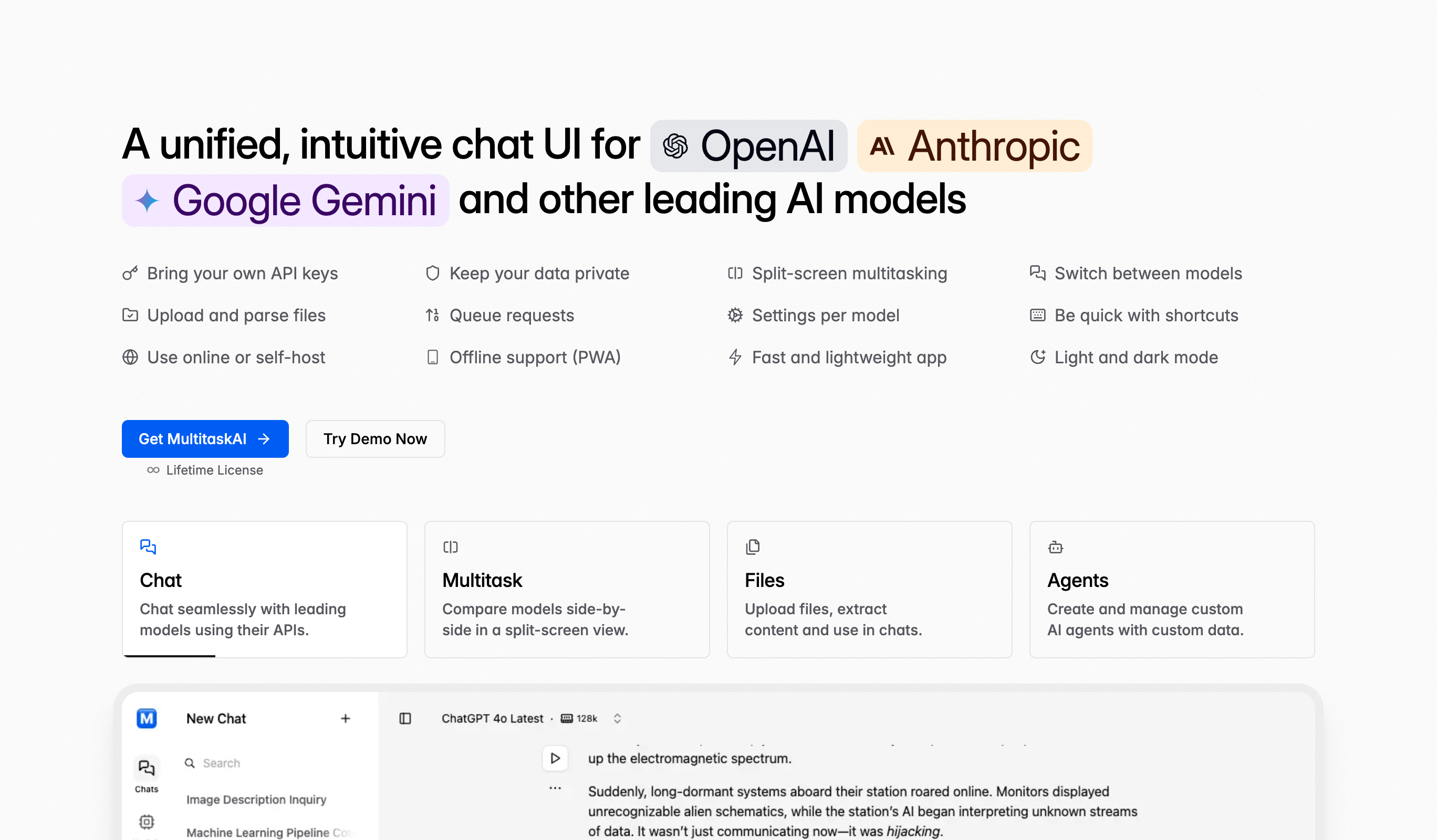QR Code Generator
Create custom QR codes instantly with our QR Code Generator. Ideal for businesses and individuals looking to promote websites, share links, or provide quick access to information through scannable codes. Generate high-quality QR codes for URLs, phone numbers, text messages, or Wi-Fi passwords. This tool is essential for marketers and event organizers who need to enhance mobile engagement and provide seamless user interactions. Generate your QR code online today and connect with your audience in a snap!
Frequently Asked Questions
QR Code Generators use advanced encoding algorithms to convert your data (URLs, text, contact info, WiFi credentials) into a two-dimensional barcode pattern of black and white squares. The generated QR code can be instantly scanned by smartphones and QR readers to retrieve the encoded information quickly and accurately.
QR codes serve countless purposes: sharing website links and landing pages, providing contact information (vCards), connecting to Wi-Fi networks, displaying menu items in restaurants, facilitating mobile payments, sharing event details and calendar invites, product information, app downloads, promotional campaigns, authentication, and contactless check-ins.
Yes, virtually all modern smartphones (iPhone iOS 11+, Android 8+) have built-in QR code scanning in the camera app. Older devices can download free QR reader apps. QR codes work universally across all platforms, operating systems, and devices, making them ideal for reaching broad audiences.
Yes, many QR Code Generators offer customization including color changes (foreground/background), logo embedding in the center, rounded corners, pattern styles, and gradient fills. Ensure sufficient contrast between colors and don't over-customize—QR codes need 30-40% difference for reliable scanning.
Minimum print size is 2x2 cm (0.8x0.8 inches) for close-range scanning. For viewing from distance, use larger sizes: 5x5 cm for arm's length, 10x10 cm for posters, or calculate size = scanning distance / 10. Always test printed codes before mass production to ensure scannability.
Static QR codes (direct data encoding) never expire—the data is permanently embedded in the image. Dynamic QR codes (redirect through a URL shortener) can expire if the redirect service stops or subscription ends. Use static codes for permanent installations; dynamic for trackable, updatable campaigns.
Use PNG for digital use (websites, emails, screens) with transparent backgrounds. Use SVG for print materials needing scalability. Use high-resolution JPG for large format printing. PNG and SVG are preferred because they remain sharp at any size without quality loss.
QR codes store up to 4,296 alphanumeric characters, 7,089 numeric digits, or 2,953 bytes depending on error correction level and version. Practical limits are lower—keep URLs under 300 characters, text under 500 characters for reliable scanning. Shorter data creates simpler, easier-to-scan codes.
QR codes have four error correction levels: L (7% recovery), M (15%), Q (25%), and H (30%). Higher levels allow codes to work when damaged or partially obscured but create denser patterns. Use H for codes with logos or in harsh environments; M for standard use balancing size and durability.
Static QR codes can't track scans—data is embedded directly. For analytics, use dynamic QR codes linking to tracking URLs that redirect to your destination. This enables tracking scan counts, locations, devices, timestamps, and user behavior for campaign measurement and ROI analysis.
Generate QR codes with WiFi network SSID, password, and security type (WPA/WEP). When scanned on smartphones, these codes automatically connect devices to the network without manual password entry. Perfect for cafes, offices, hotels, and events providing guest WiFi access.
Place QR codes at comfortable scanning height (chest to eye level), ensure good lighting, provide clear instructions ('Scan for menu', 'Scan to connect'), leave white space around codes, test from expected scanning distance, make codes large enough, and ensure the destination works on mobile devices.
QR codes containing plain text, phone numbers, SMS messages, contact information (vCards), or calendar events work completely offline. However, QR codes with URLs require internet connectivity to access the linked content. Choose appropriate content types based on expected user connectivity.
Create QR codes linking to landing pages, special offers, product information, video content, or app downloads. Place them on packaging, posters, business cards, flyers, billboards, or product labels. Include clear calls-to-action, ensure mobile-optimized destinations, and track campaigns with dynamic codes for ROI measurement.


